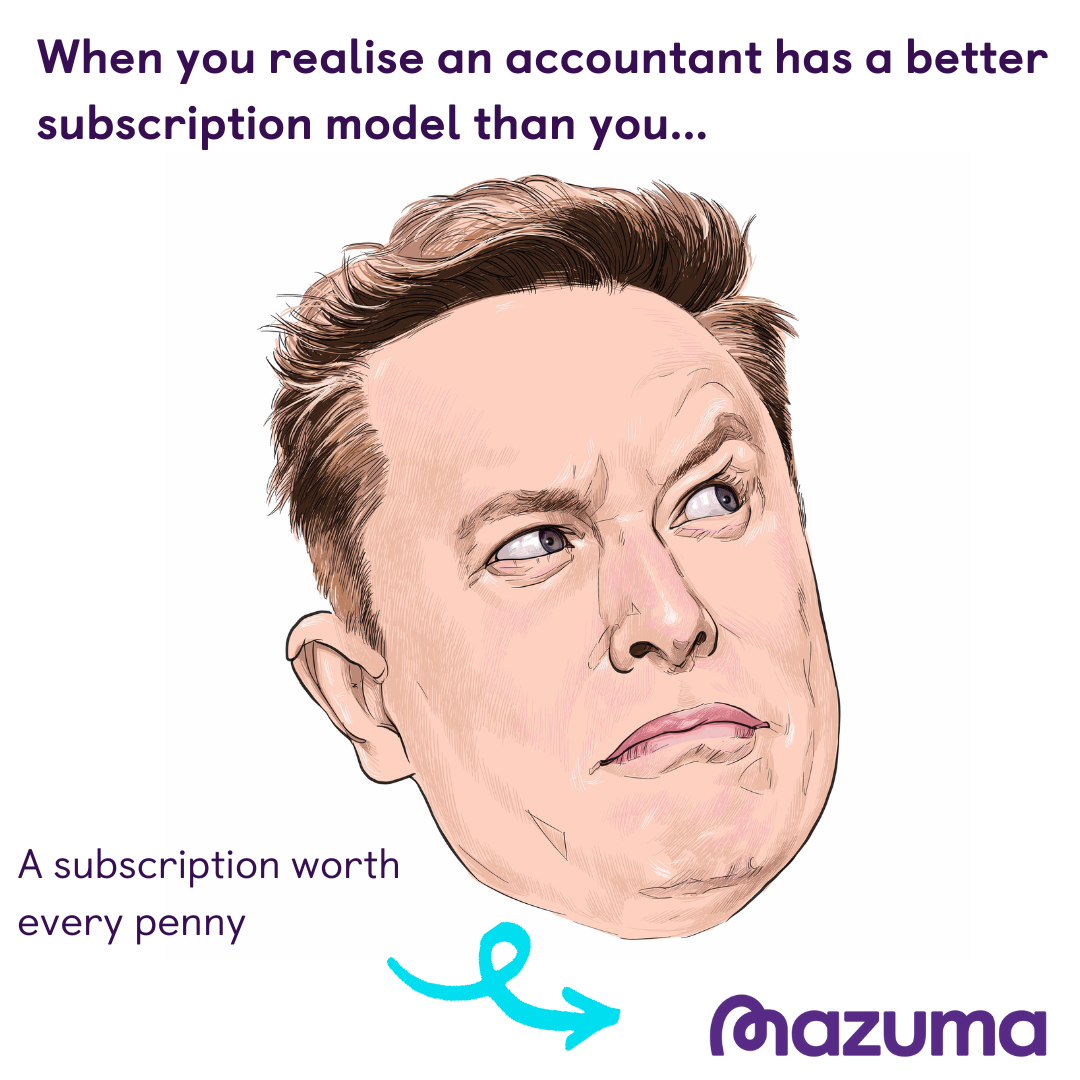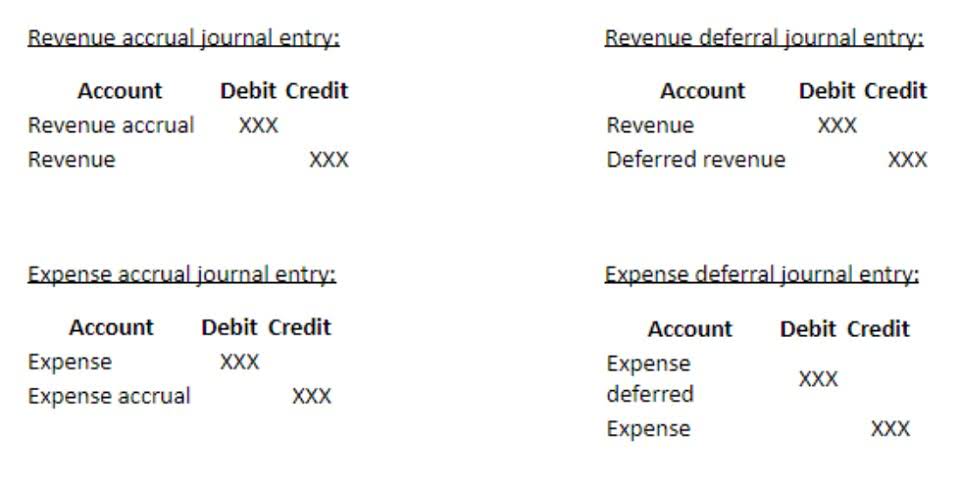If you’re interested in our payroll software, you can start a free 30-day trial when you sign up for Wave. Charge for a one-time compliance audit or ongoing site maintenance; you can schedule recurring invoices or send them manually whenever you need to. Know when an invoice is viewed, becomes due, or gets paid, so you can stay on top of your cash flow better than ever. Easily monitor and keep track of what’s going on in your business with the intuitive dashboard. The quick summary allows you to stay in control of your business finances, including a task list of outstanding items. “Wave invoicing makes your life a whole lot easier and takes that worry off you. I’ve tried Quickbooks—it’s a bit more complicated and technical, and takes more time to set up.”
- Be your own bookkeeper, thanks to Wave’s automated features, low cost, and simple interface.
- With the Pro Plan, automatically import, merge, and categorize your bank transactions.
- See our step-by-step guide on how to import bookkeeping data into Wave here.
Discover our PRO Plan exclusive rate:
Between the app and the payment process—I can’t tell you the hours it’s saved, and even the headaches that have gone away because of it. The developer, Wave Financial Inc, indicated that the app’s privacy practices may include handling of data as described below. For more information, see the developer’s privacy policy. When I signed up with Wave it was a no brainer. It’s been one of the best decisions I’ve made when it comes to making sure my accounting is on point.
Priced right for small businesses
Pay per use so you’re only charged when technology clients use this feature. Instant Payout is an additional service offered by Wave subject to user and payment eligibility criteria. A 1% fee is applied to the amount you withdraw from your available balance, in addition to regular processing fees. Deposits are sent to the debit card linked to your account in up to 30 minutes.
Bookkeeping for beginners
See sent, viewed, paid and overdue invoices in one place so you know which clients are on the right track or need a nudge. See pending and completed payments from project-based and quarterly clients in one dashboard to identify revenue ebbs and flows and plan accordingly. Track customer views and invoice payments in the Wave dashboard so you always know where you stand with sellers, property managers, buyers and renters. They get the flexibility of paying you via credit card, bank payment, and Apple Pay; you get a reputation as a polished professional.
“It’s not just a cool piece of software, it is giving peace of mind to people.” You deserve to know your taxes aren’t something you have to sweat over the entire calendar year.” Wave has helped over 2 million North American small business owners take control of their finances. Wave has helped over 2 million small business owners in the US and Canada take control of their finances. We’ll ask you to verify your identity, answer a few questions about your business, and where you’d like the deposits to go. Wave keeps up to date records so you’ll always have the info you need for filing – or sharing with your accountant. Automate the most tedious parts of bookkeeping and get more time for what you love.
Create beautiful invoices, accept online payments, and make accounting easy—all in one place—with Wave’s suite of money management tools. You can effectively analyze the financial health of your business, find ways to generate more profit, and move forward with your business plan. Our invoicing, online payments, accounting and bank connection features give you a unified view of your income and expenses – no need to log in to multiple apps or tools.
Easily create, customize, and send professional invoices while on-the-go. Our (non-judgmental) team of bookkeeping, accounting, and payroll experts is standing event discusses africas development in the age of stranded assets by to coach you—or do the work for you. Monitor your cash flow, stay organized, and stop sweating tax season. Say #sorrynotsorry to your spreadsheets and shoeboxes.
We built our Payroll tool for small business owners, so it’s easy to use AND teaches you as you go. Connect your bank accounts in seconds with the Pro Plan. Transactions will appear in your bookkeeping automatically, and you’ll say goodbye to manual receipt entry. We built our payroll tool for small business owners, so it’s easy to use AND teaches you as you go. See invoice summaries, tap into business reports, receive payment notifications and more using our highly-rated, free mobile app, available on iOS and Android.















